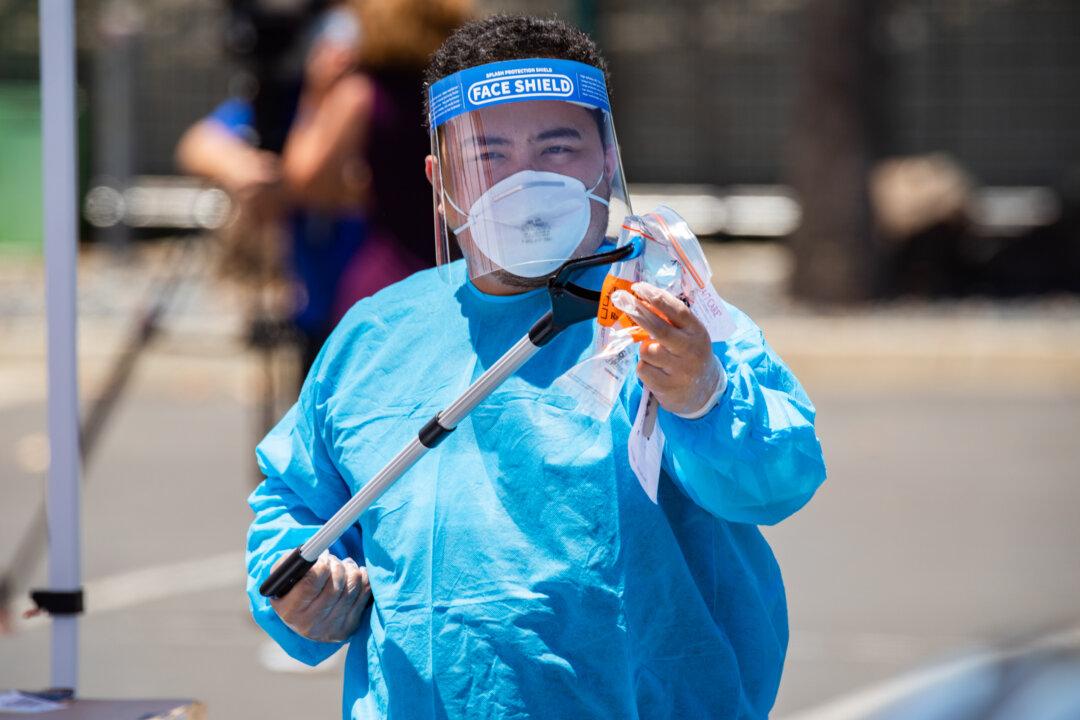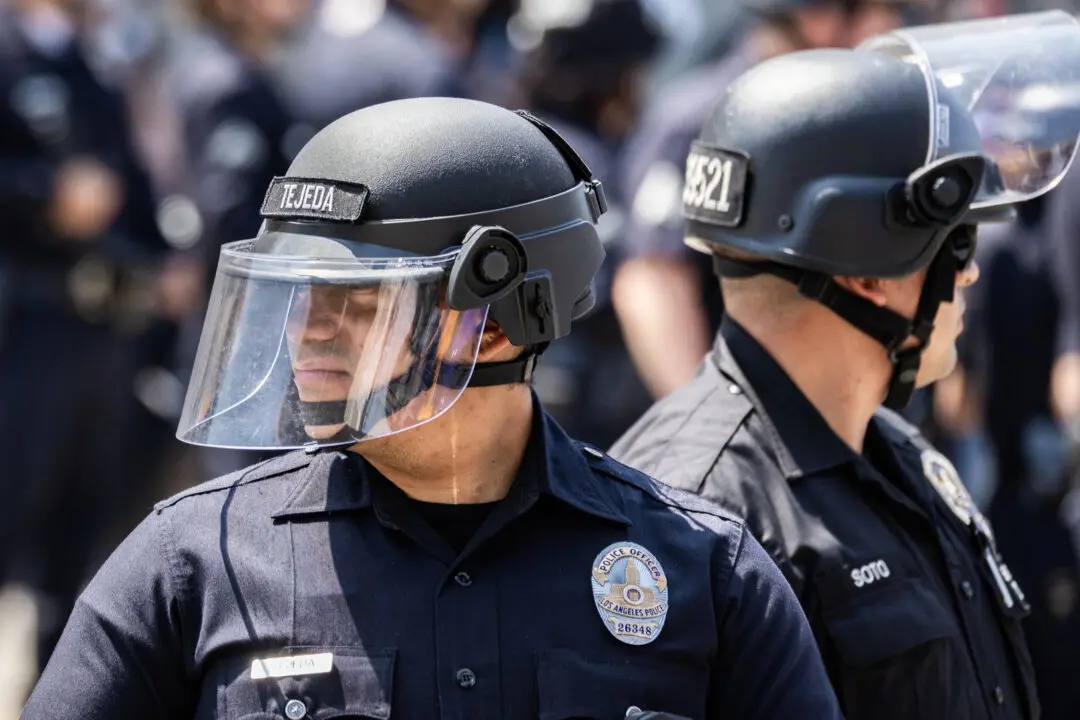SANTA ANA, Calif. (CNS)—Orange County set a new record Dec. 3 for COVID-19 patients hospitalized—735—with 179 of those patents in intensive care units, which is nearing a mid-July high.
The “third wave” of COVID-19 in the state prompted Gov. Gavin Newsom on Dec. 3 to slam again on the “emergency brake” and issue another stay-at-home order that will shut down bars, wineries, personal services businesses such as hair salons and barbershops, and restrict restaurants to just takeout and delivery. Retail businesses that remain open will be restricted to 20 percent capacity.





